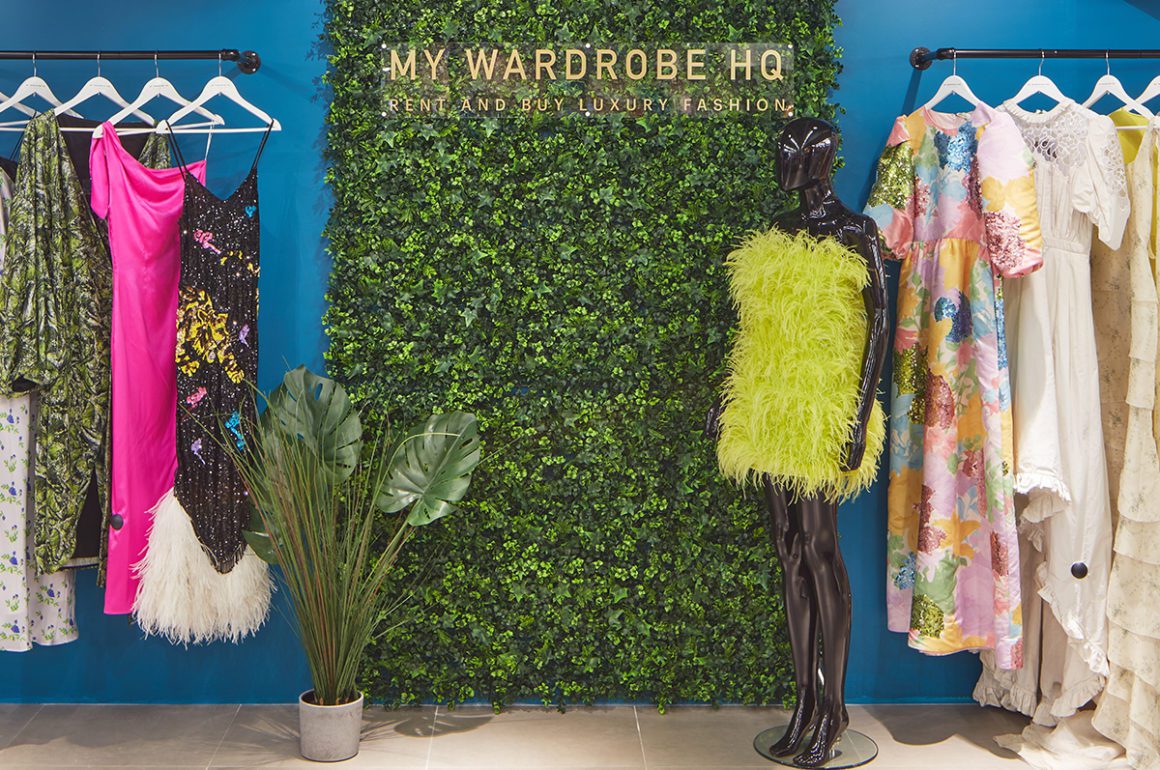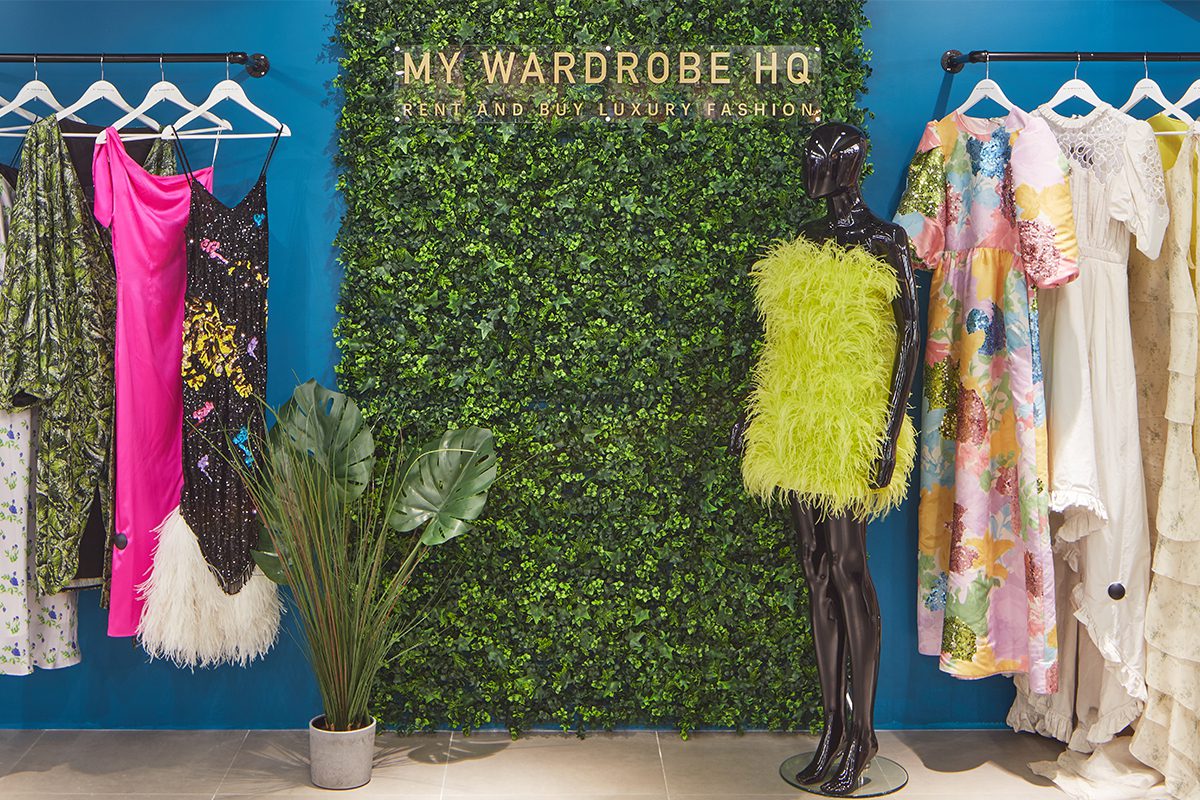
Part One: Art & rediscovery in LA
When I was spending a lot of time in LA in the 1990s, there were some areas a visitor would avoid at all costs unless they had to. Three of these were South Central, Downtown, and the web of roads behind the boardwalk at Venice Beach.
I am due to visit all three. Heading to LA mainly for Frieze LA, where I am meeting with our partners at Deutsche Bank Wealth Management, the long-term partners of Frieze, I have added a full California schedule on to the three-day art fair itinerary. LA, from Beverly Hills to South Central, is just the beginning.
Partly this is for sustainability reasons, to minimise future flights, and also because I have not been to California since before the pandemic, and as ever it is home to many of the world’s thought and opinion leaders, some of whom are on my schedule, as well as a thriving art scene in LA itself.
I spent the ten years before the pandemic commuting many times a year to Hong Kong and Singapore, as well as on short haul trips to Europe for Condé Nast, my other alma mater. Meaning I built up a British Airways Gold membership and accompanying dependence. I had not been to the Virgin Clubhouse for years. The feel is as much private club as airline lounge, with the key differentiator of excellent customer service. I had a wonderful chat with a manager at the lounge who was bemoaning her inability to return to her native Hong Kong, and we exchanged tips on restaurants there (hers, mainly). When the chairs, food, and champagne are largely the same, this makes a difference. I silently wish Virgin had short and mid-haul operations to my frequently visited European and former-Soviet destinations.
Editor’s note: LUX paid for its flights to California in full and received no support from any airline.

We met with Forbes 30 Under 30 curator, Emilia Yin, at the Deutsche Bank Wealth Management Lounge at Frieze LA
Central LA is a grid of warehouses, yards and unmarked buildings. Nowadays, inside some of these there are artists’ studios, the artists driven here from around the Americas and elsewhere by then cheap rents. As ever, the artists move in, hipsters get the vibe and start to gentrify, and the artists are forced to move out. That hasn’t happened yet in central LA, but it will. So I enjoyed the moment of visiting a few studios, buried behind delivery yards and run-down buildings, with real working artists inside them. No cafes, no galleries, no bars. Give it two years. It’s a cert that the property investors are already there.
A friend with homes in LA sends me a WhatsApp suggesting I visit Gjelina, on Abbot Kinney Boulevard behind Venice Beach, for dinner. I last knew this street as needle central, with a few porn and pawn shops thrown in (homophones that go together), in the late 90s. But my friend has taste, and many homes, so I take his advice. The food is vibrant, trim, focussed and beautiful, like the clientele. Like nothing anywhere else.
Follow LUX on Instagram: luxthemagazine
The street is now lined with (expensive) independent fashion boutiques and teenage TikTokkers wander around making TikToks. They fit the TikTok profile of being blonde, white and wealthy. The porn and the pawn have now moved and multiplied online, but where have all the junkies gone, I wonder? Elsewhere in Donald Trump’s ‘American Carnage’?

Ross Caliendo is among numerous artists from around the world who have set up in the warehouses around downtown LA

Meeting with ocean conservation icon Jean Michel Cousteau in Santa Barbara
I host some clients at the pre-opening event at Frieze, created by Deutsche Bank, in Michael Jackson‘s former mansion above Beverly Hills. People are happy to be able to meet and mingle after two hard years, which seem to have hit LA hard. There is a sense of anticipation about the fair. People have travelled, and people in LA have prepared. It’s the first major cultural event in the city for two years. Art really can catalyse human change.
At the fair the next day, everyone is waxing lyrical about the lounge. Deutsche Bank’s team have created an indoor-outdoor space with garden and water, a few footsteps from the fair and linked by a private walkway. Many guests comment that it should be permanent. Meetings in the lounge are bound by Chatham House rules, but there are plenty of guests, our own and others, who have come from afar, and are loving both fair and lounge. Bravo to the creators, although the Deutsche Bank lounge at Frieze London, with its creations by Idris Khan and events on ocean conservation, was still the more artistic and focussed. In my view.
I drive to West Hollywood to see Jeffrey Deitch, an art world force since the 1970s. In his private gallery, which is probably three times the size of the Serpentine Gallery museum in London, he has put together a museum-grade show, entitled Luncheon on the Grass. Works from Mickalene Thomas, Jeff Koons, Kehinde Wiley and Paul McCarthy line the walls. I am taken by Tschabalala Self’s response to Édouard Manet’s ‘Le Déjeuner sur l’herbe’ in particular. A few of the interpretations are quite explicit.
Which is quite honest, as the idea of a summer lunch on the grass probably brings that out in many people. Any romance aside, I make a mental sketch of my dejeuner sur l’herbe: it would involve rosé champagne from a small producer like Chartogne Taillet and might ask a question of why people enjoying the countryside in my adopted homeland of England are so predominantly white. I decide the reason I like Deitch’s show so much is that it reveals so much about the artists, and how they want to be perceived, or appear to want to be perceived. I will leave the topic there to avoid falling into the trap of the dreaded (and banned in LUX) language of ‘artspeak’.
Deitch tells me it is his busiest day for meetings for years, another sign of what a good art fair can bring to a city.

The next morning, I drop in on a new friend I made at the fair, Emilia Yin, who was introduced to me by a major collector I invited to the Deutsche Bank Wealth Management lounge. I meet her at her Make Room gallery. Also in West Hollywood, it is in a little building behind a car park off the main drag, Melrose Avenue. There is a sense of both Zen and intent inside, and the paintings in her show, by young Brussels-based Italian artist Jacopo Pagin, all sold within days. I buy the last remaining work, an intriguing sketch. I wonder if she is one of the Jeffrey Deitches of the future.
After three days of intense art and meetings, I take a morning swim in the rooftop pool of the Maybourne hotel in Beverly Hills. The Maybourne, grand but laid-back, has a part-city, part-resort vibe and the view from the roof terrace is surprisingly restful. I pick out my favourite mansions in the hills over a green juice.
I have meetings lined up in the afternoon in Santa Barbara and Montecito. Santa Barbara’s main street, State Street, has been pedestrianised at its seafront end and it’s abuzz with cafes, bars, restaurants and an outdoor market. A positive outcome of the pandemic. A little further up the street I meet Jean-Michel Cousteau, octogenarian sage of the oceans, at his offices, which are lined with pictures and souvenirs of his decades in ocean wildlife conservation and filmmaking. There’s a touching picture of him as a small boy with his father Jacques, giving him instructions on how to dive.
Details of our conversation are saved for a major feature in the next issue of LUX, so stay tuned.
Read more: Olivia Muniak’s Guide to the Best Restaurants in Los Angeles
Ten minutes’ drive from Santa Barbara is Montecito, the chichi coastal community which plays host to Harry and Meghan, as well as many other members of the world’s rich and famous. It’s supposed to be a low-key place, I am told. I drive past bijou small shops and cafes, created in a faux-rustic style, all perfect. Perfect children walk past holding immaculate ice creams. On the road to the Rosewood Miramar Beach resort, where I am meeting my contact, three police cars, lights on full colour strobe, have formed a triangle, partly blocking the road. As I drive past, I see one individual sitting slumped on the spotless pavement. I wonder what his crime was. Perhaps not owning a Tesla?
My meeting takes place in a wood-panelled drawing room overlooking the beach, with a couple of islands visible in the slash of gold from the setting sun. I feel I am George Clooney in the last scene of a feel-good movie, concluding Bourbon in hand in a highball glass. Except this is the first scene of a (admittedly potentially exciting) business deal, I am not George Clooney, I do not live here, and I am drinking tea.
Back to LA in the dark, the traffic has died down, and I have a calming Margarita in the bar of the Maybourne to prepare me for the drive north the next day.
To be continued

The Virgin Clubhouse at London Heathrow has a members’ club feel



 Jane Shepherdson is the woman behind the early success of Topshop, the fast fashion behemoth where she served as Chief Brand Officer in the 2000s. After this and her subsequent role as CEO of retailer Whistles, however, Shepherdson found that her complicity in one of the world’s biggest polluting industries was overriding the joy she once found in fashion. Here, the Director of the London Fashion Fund talks to Ella Johnson about her pivot to luxury rental start-up My Wardrobe HQ, and why rental is key to bringing the fun back to fashion
Jane Shepherdson is the woman behind the early success of Topshop, the fast fashion behemoth where she served as Chief Brand Officer in the 2000s. After this and her subsequent role as CEO of retailer Whistles, however, Shepherdson found that her complicity in one of the world’s biggest polluting industries was overriding the joy she once found in fashion. Here, the Director of the London Fashion Fund talks to Ella Johnson about her pivot to luxury rental start-up My Wardrobe HQ, and why rental is key to bringing the fun back to fashion





Recent Comments